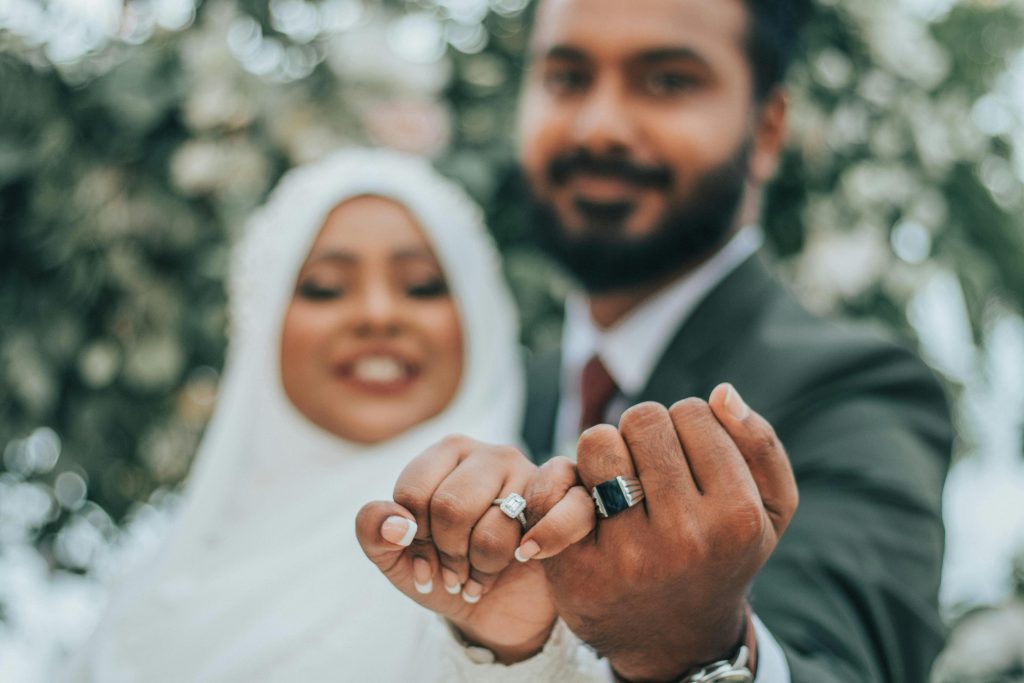4.3 Der Beziehungsstatus

Guten Tag!
Zum Aufwärmen machen wir unseren Tagesminiplausch und eine Wiederholung.
Wiederholung
In the previous lesson you practiced describing your favorite person – their personality and how they look. You also made comparisons between you and your Lieblingsmensch, your best friend. Take a moment to review. Remember that repetition is vital to language learning.
Wie ist dein Lieblingsmensch? Wie sieht er/sie/xier aus? Answer these questions in your written journal.
For more repetition, record your answer in your audio journal.
Lektionsüberblick
As you make new friends in Germany, it is possible – perhaps even likely – that people will ask you about your relationship status. In this lesson, you will learn how to answer that question. In the end, you will be able to 1) understand some questions asking about your relationship status, 2) say what your relationship status is, and 3) describe your ideal friend or romantic partner.
Was weißt du schon?
| Noch nicht start klar?
Du kannst immer auf die gleiche 1010-Lektion zurückgreifen! |
Not confident about starting this lesson?
You can always review the same Lektion from 1010. |
1) Wie ist dein Beziehungsstatus?
Bist du single? Bist du schatzlos?
Bist du in einer festen Beziehung?
Hast du einen Freund/eine Freundin/eina Freund*in?
 |
Ich bin ledig. Ich bin single. |
| Wir haben ein Date. Wir verabreden uns. |
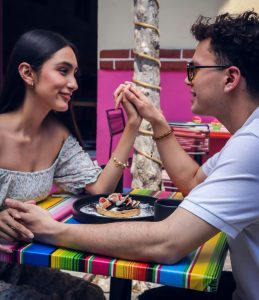 |
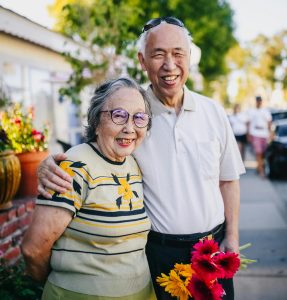 |
Wir sind in einer festen Beziehung. |
| Ich habe einen Freund/eine Freundin/eina Freund*in. | 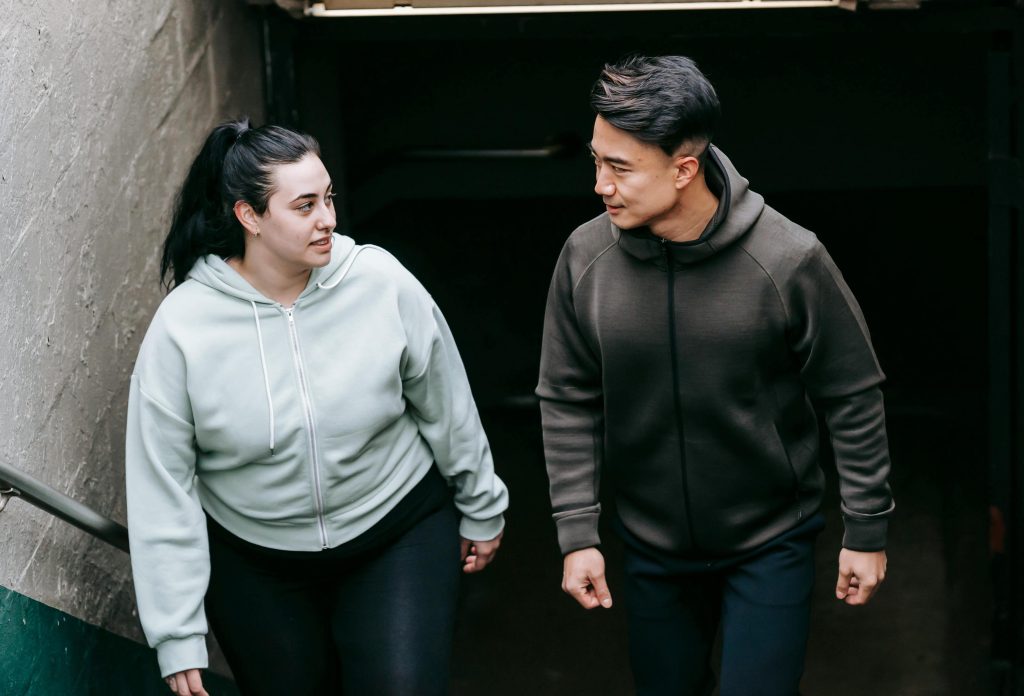 |
🎥 For fun, you can watch this video in which native Germans describe their friendships and what friendship means to them.
Kleiner Hinweis
Jetzt bist du dran!
2) Mein Beziehungsstatus
Read and listen to the comic below. See what you can understand about the relationship status of each character.
 |
||
Let’s practice!
Kleiner Hinweis
Remember that you have some flexibility when referring to a person and their gender expression. Become familiar with the masculine, feminine, and gender-neutral options below. Again language is always evolving. If this topic is of interest to you, be sure to research “geschlechtergerechter Sprache” or “Gendersprache” or “geschlechtsneutrale Sprache.”
Ich habe einen Freund/eine Freundin/eina Freund*in.
Ich habe keinen Freund/keine Freundin/keina Freund*in.
Ich hatte einen/eine/eina.
Ich will einen Freund/eine Freundin/eina Freund*in.
Ich will keinen Freund/keine Freundin/keina Freund*in.
Curious to learn more about romantic terms in German? Go here for a list of German words for love and romance.
Do Germans say “I love you”? Read here to find out.
Jetzt bist du dran!
Frankfurt am Main im Blickpunkt

Das Gebäude The Squaire steht über dem Fernbahnhof am Flughafen Frankfurt. Es ist 660 Meter lang und sieht ein bisschen aus wie ein gestrandeter Wal. The Squaire gilt als das größte Bürogebäude Deutschlands.
The Squaire building stands above the long-distance train station at Frankfurt Airport. It’s 660 meters long and looks a bit like a beached whale. The Squaire is the largest office building in Germany.
3) Mein Ideal
Have you ever thought about your ideal partner? If so, how do you visualize their personality (Wie ist er/sie/xier?) and appearance (Wie sieht er/sie/xier aus?).
Read the comic below and answer the questions for practice.
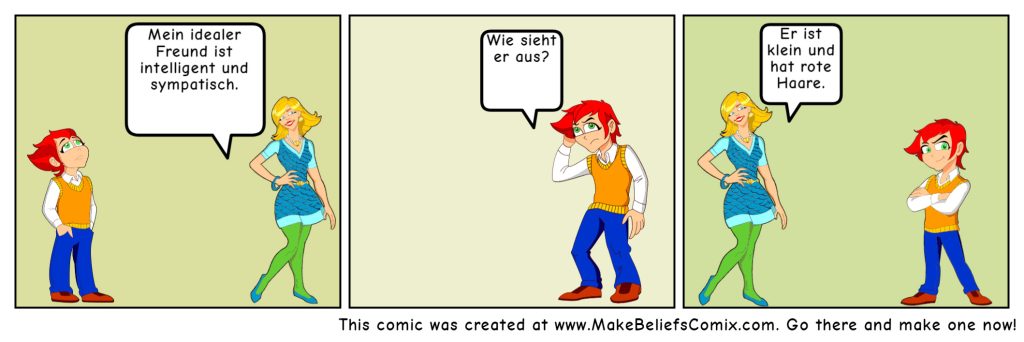
Jetzt bist du dran!
Zum Schluß
| Julia | Hallo, Alex. Bist du single? |
| Alex | Hallo, Julia. Ja, ich bin single. Und du? |
| Julia | Nein, ich bin nicht single. Ich habe seit einem Jahr einen Freund. Er heißt Tobias. Er ist groß und hat schwarze Haare und dunkelbraune Augen. Er ist ruhig und sportlich. Wie sieht deina ideala Freund*in aus? Wie ist xier? |
| Alex | Meine ideale Freundin ist klein und hat blonde Haare und grüne Augen. Sie ist freundlich und aktiv. |
Using Julia’s dialogue as a model, write your own dialogue between you and friend or classmate in your written journal and then record your dialogue. Or meet with a classmate and work together to write and record.

*As you conclude this lesson, don’t forget to check Canvas!*

Media Attributions
- 3.4 alex und Julia_pexels-andres-ayrton-6551222 © Andres Ayrton is licensed under a CC0 (Creative Commons Zero) license
- Photo of married couple by pexels-maahidphotos-6609965
- 4.3_2 make-beliefs-comix-18-2048×684 © This comic strip was generated at http://www.MakeBeliefsComix.com. Used by permission of author and site creator Bill Zimmerman.
- Photo of The Squaire, Frankfurt am Main by
- 4.3_3 comic file-66fd6bc0910d7 © This comic strip was generated at http://www.MakeBeliefsComix.com. Used by permission of author and site creator Bill Zimmerman.

